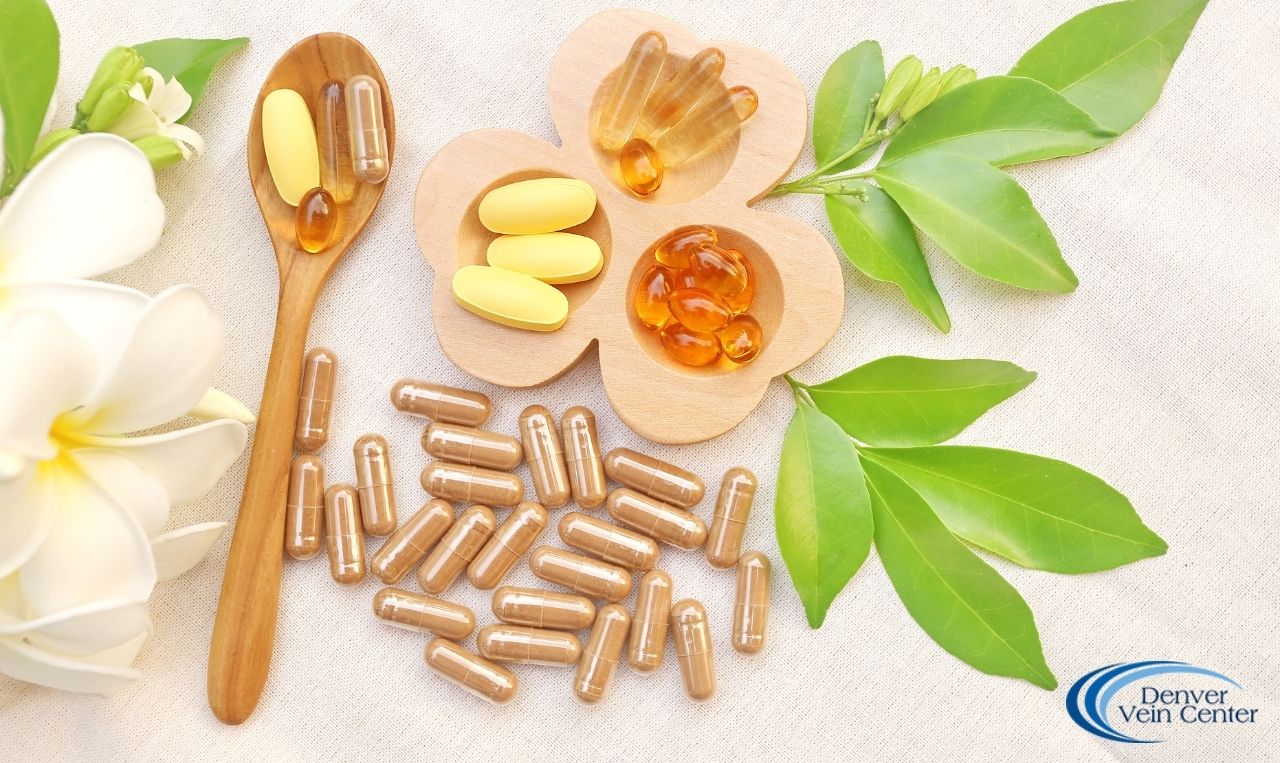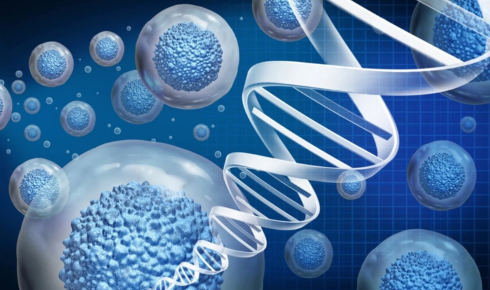Are you looking to give your body a much-needed detox? If so, then you’ll definitely want to learn about diindolylmethane (DIM). This powerful compound has gained popularity in recent years for its ability to enhance detoxification pathways and promote overall wellness. In this blog post, we will delve into the world of DIM and explore how it can help optimize your body’s natural detoxification processes. So, get ready to discover the key to achieving a healthier and happier you!
How DIM Helps to Enhance Detoxification
When it comes to detoxification, our bodies have a remarkable ability to eliminate toxins and harmful substances. However, in today’s world filled with environmental pollutants and processed foods, our natural detoxification pathways can sometimes use a little boost. This is where diindolylmethane (DIM) steps in.
DIM is derived from cruciferous vegetables like broccoli, cauliflower, and cabbage. It works by supporting the liver’s detoxification processes, which are essential for maintaining overall health. One of the primary ways DIM enhances detoxification is by increasing the production of enzymes that help break down toxins into less harmful substances.
Additionally, DIM helps regulate estrogen metabolism within the body. Estrogen dominance can often lead to hormonal imbalances and increase toxin build-up. By promoting balanced estrogen levels, DIM assists in reducing the burden on our detoxification pathways.
Another way DIM supports detoxification is through its anti-inflammatory properties. Chronic inflammation can hinder proper functioning of our organs involved in detoxifying waste products from the body. DIM helps combat inflammation and allows these organs to operate optimally.
Furthermore, studies have shown that DIM has antioxidant effects, helping to neutralize free radicals that contribute to oxidative stress and damage within cells. This additional protection aids in strengthening your body’s defense against toxic compounds.
Incorporating diindolylmethane (DIM) into your wellness routine can be incredibly beneficial for enhancing your body’s natural detoxification capabilities. Its ability to support liver function, balance estrogen levels, reduce inflammation, and provide antioxidant support makes it an excellent ally on your journey towards optimal health! So why not give yourself a boost with this powerful compound?
The Different Types of Detoxification Pathways
When it comes to detoxification, our body relies on a complex network of pathways to eliminate toxins and maintain optimal health. These pathways work together to identify, neutralize, and eliminate harmful substances from our system. Let’s explore the different types of detoxification pathways that play a crucial role in keeping us healthy.
- Phase I Detoxification: This initial step involves enzymes called cytochrome P450 (CYP) which are responsible for breaking down toxic compounds into smaller fragments. This process makes these toxins more water-soluble and prepares them for further elimination.
- Phase II Detoxification: In this phase, the transformed toxins from phase I are conjugated with other molecules such as glutathione, amino acids, or sulfur compounds. This conjugation process enhances their solubility even further so they can be easily excreted by the kidneys or eliminated through bile secretion.
- Gut Microbiota Metabolism: The trillions of microorganisms residing in our gut also contribute significantly to detoxification processes. These beneficial bacteria help break down certain toxins and convert them into less harmful forms that can be efficiently expelled from the body.
- Cellular Antioxidant Systems: Our cells have their own internal defense mechanisms against oxidative stress caused by environmental pollutants or metabolic byproducts. Antioxidants like glutathione and superoxide dismutase help neutralize free radicals and protect cellular structures from damage.
- Lymphatic System Clearance: The lymphatic system plays a vital role in removing waste products generated during cellular metabolism or toxin exposure throughout the body tissues and organs.
By understanding these various detoxification pathways, we can appreciate how important it is to support our body’s natural ability to cleanse itself effectively—a key aspect where diindolylmethane (DIM) comes into play!
Conclusion
In this article, we have explored the role of diindolylmethane (DIM) in enhancing detoxification pathways. DIM is a powerful compound found in cruciferous vegetables like broccoli and cauliflower that has been shown to have numerous health benefits.
By supporting the different types of detoxification pathways in our body, DIM helps us eliminate harmful toxins and promotes overall wellness. It aids in the elimination of estrogen metabolites, which can reduce the risk of hormone-related conditions such as breast cancer and endometriosis.
Furthermore, DIM supports liver function by promoting phase I and phase II detoxification processes. This ensures that toxins are efficiently broken down and eliminated from our system. By doing so, it reduces the burden on our organs and helps maintain optimal health.
It’s important to note that while DIM is a natural compound with many potential benefits, it’s always advisable to consult with a healthcare professional before starting any new supplement regimen.
Incorporating (DIM) into your daily routine can be an effective way to enhance detoxification pathways in your body. Whether you’re looking to support hormonal balance or simply improve overall wellness, DIM may be worth considering as part of your holistic approach to health. So go ahead and give this powerful compound a try – your body will thank you for it!










